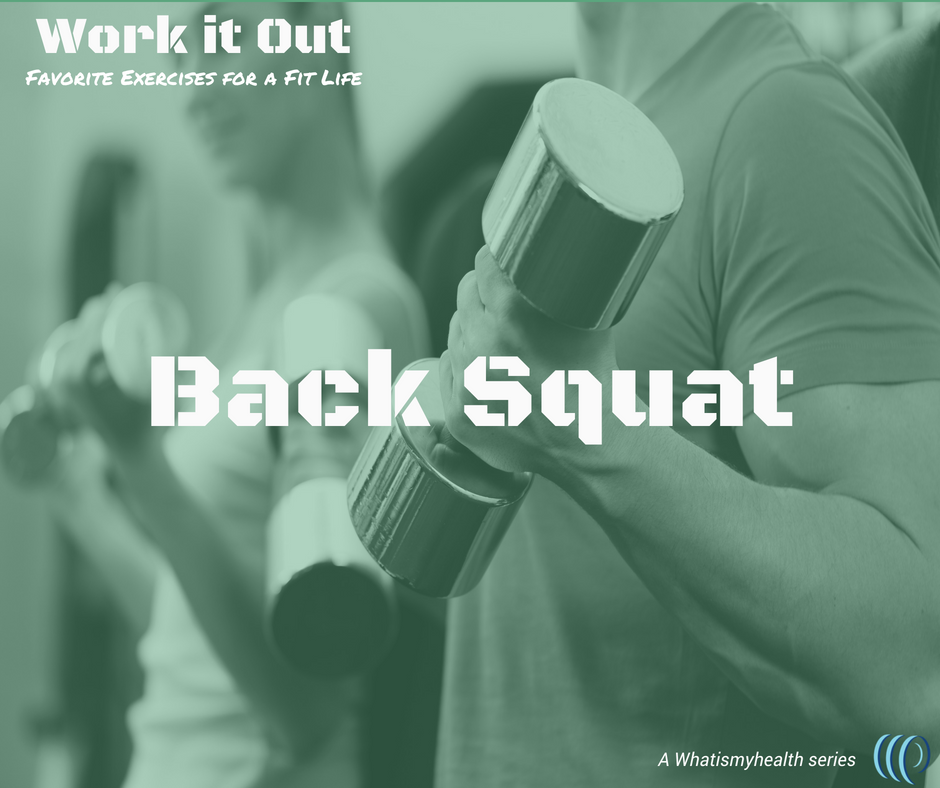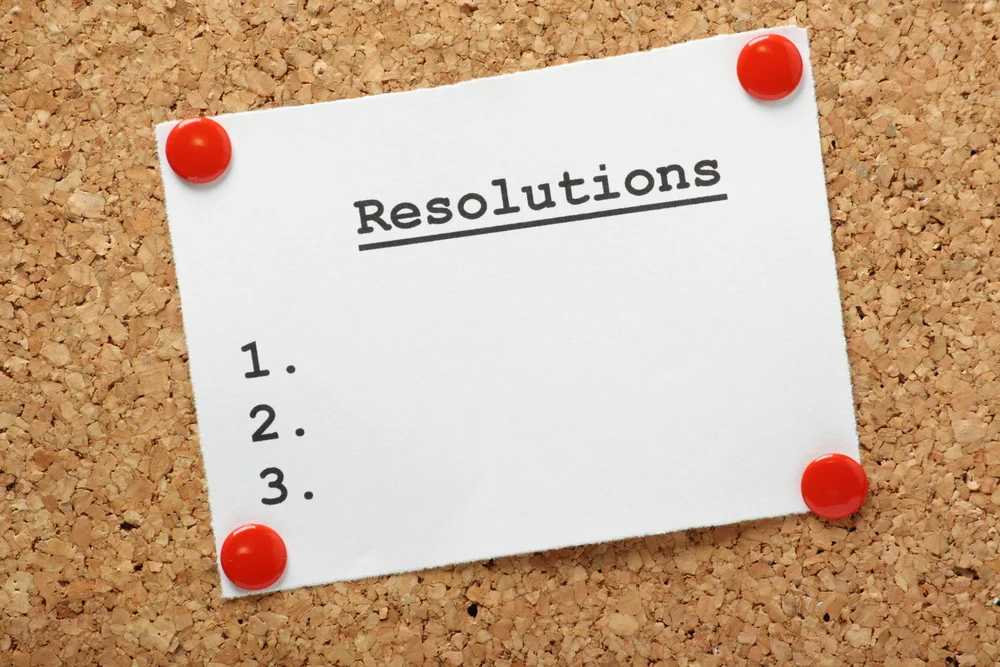Work It Out: Bench Press
/Welcome to the “Work it Out” series from My Train of Thought. In this series, Certified Personal Trainer Sean Jackson will share some of his favorite exercises, breaking down what each exercise is, what it’s good for, and how to perform it safely and effectively.
*Disclaimer: It is recommended that you consult your health care professional, as well as a certified trainer before attempting to perform a new workout. It is recommended that you familiarize yourself with the exercise and its proper form in order to prevent injury and account for any pre-existing injury or other conditions, as well as to ensure that the exercise is advisable for you.
Exercise:
Bench Press
What it is
The bench press is an “upper body complex” exercise, meaning that uses multiple joints— both the shoulders and elbows— in the execution of the exercise. This exercise recruits your upper body by targeting your shoulders, chest, and triceps. Like the back squat, the bench press is another great measurable for raw strength indicators such as matching your own body weight.
Why Bench Press?
The goal of the bench press is to increase your pushing strength. This exercise is one of my favorites because it tests your mind, body, and willpower to push something off of you. “Hey, what you bench?”
I love this exercise and would recommend it to those who want to work on pushing power, provided that they can safely get into the bench press position. For those of you who have injury risks, specifically in your shoulders, you may want to avoid the bench press to be safe. If you do have shoulder injury risks or pre-existing issues in the shoulders, I would not attempt the bench press unless you are cleared by a DR.
What you’ll need
To perform the traditional bench press, you’ll need a barbell, bench, and weight plates. If you don’t have a barbell and plates, you can modify the bench press using dumbbells, Just like the back squat, these are great if you’re working out in your own home gym. If you don’t feel comfortable using weights, you can still work your chest using resistance bands, laying with the band underneath you in line with your breastbone and performing the same action (below) as the traditional bench press.
Let’s talk action
First, set the bar to a height that is reachable when your arms are extended. Your hand placement may vary based on your arm length and other variables. When I perform the bench press, I typically position my hands with my thumbs facing out from the knurling (cross-hatching). Some people like to use the ring on the bar as a maker for their hand placement. Whichever you choose is fine, depending on what you want to accomplish.
Next, push up on the bar to un-rack it (remove it from the rack) and pull it over the top of your body. For reference, I use the nipple line/breastbone as my marker. The main focus is to make sure that your elbows do not come up above your shoulders when you lower the bar which may cause impingement (pain).
When you begin the bench press, mind you, your feet should be on the ground with your glutes and core engaged (tight/flexed). Lower the bar down to the nipple line/chest/sternum area. Once you reach that point, drive (push) your hands up “through” the bar, breathing out as you press, while still maintaining the tightness in the core and glutes. Press up until you come back to the starting position with the bar over you, arms extended.
Measurable Goals
One of the most common questions, as usual: How much weight should you start with?
Like with the back squat, this will vary. It also depends on what your goals are. If your goal is building strength, sets with a lower amount of reps (6-8) is usually best. If you’re looking for hypertrophy (growth in muscle size), you can accomplish this with sets of 10-12 reps.
I recommend using the 1rm chart to find a starting weight based on the maximum amount of weight you’re able to press one time. For example, if the most you can bench press 1 rep is 100 pounds, use the chart to determine the weight for the number of reps you want to complete. If the number of reps is 6 on a max of 100 pounds, the chart recommends 85% or 85 pounds for 6 reps. For starters, most people repeat the bench press anywhere between 3-5 sets.
When looking to increase the amount of weight you’re benching, the recommendation for adding weight is typically 5 to 10 lbs. at a time. Similar to the back squat, once you’re able to bench your own body weight, you can then work towards increasing to reach different raw strength indicator checkpoints (1.5, 2x, 3x your body weight). Like with any exercise, you’ll still want to maintain great posture control and mechanics.
As always, you can always research other program types to fit your goals. Talk to a certified fitness professional if you need more help.
Any questions? Ask Sean using the form below:
Stay tuned as the “Work it Out” series continues.
Next up: Deadlift.
Whaitsmyhealth © 2018
Additional video resources:

















When working out starts feeling monotonous, these 3 things help me to find new vigor for working out.